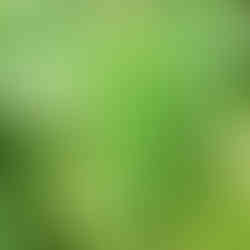For our final blog of this series we are going to have a look at a real superpower of the woodland. Which is Deadwood trees. A deadwood is a tree that is partly or fully dead, it can be still standing or it could have fallen over onto the ground.
Deadwood is incredibly important to the biodiversity and overall health of a woodland! A deadwood tree can take decades to decay and decompose, and during this time it provides food and habitat to a wealth of plants and wildlife.
Why is Deadwood so important ?
40% of woodland life is dependent on deadwood to survive.
A third of all birds nest in standing deadwood or deadwood holes in trees.
It provides micro-habitats for organisms such as fungi, lichens, insects, and mosses.
Deadwood slowly decays and releases essential nutrients and nitrogen back into the soil boosting the health of the woodland.
Trees store up carbon during their lifetime and then release this safely back into the earth when they die. Preventing its release into our atmosphere, through this action the tree helps reduce global warming.
At forest school – deadwood provides wonderful insects, fungi and mosses to look at. A moss sit spot to relax in. A bridge to jump from. A pirate ship to play in… a cauldron to mix in…. the list is endless…
Decomposers
A deadwood tree can take up to 40 years to decompose. It has help from decomposers which are organisms, fungi or invertebrates that decompose of organic material ie – our Deadwood tree. During the early stages decomposers that help are fungi and beetles, feeding on the tree and making their home in it. Fungi have enzymes that digest compounds in wood. It’s spectacular to see the various shapes colours and sizes of different fungi working away decomposing the deadwoods. Then as gaps and tunnels appear in the wood, spiders and wasps, hoverflies, millipede, woodlice and mites can move in to assist. They are all helping the tree decay but ultimately they are decomposing it purely be able to survive themselves.
Once there is space small mammals like mice, & voles, hedgehogs can use the deadwood. Some deadwood later evolves into burrows with foxes, rabbits and deer using them.

Activity
Can you spot any habitats in a deadwood tree the next time you are out in the woods? A habitat is somewhere that a plant, animal or organism lives. What do you think lives there?
Can you turn over a small piece of deadwood on the ground to look for insects? (remember to put it back gently).
Is there any indication of bigger mammals using the site too? Like their tracks or droppings? Can you see any holes high up on a standing deadwood made by birds as these are ideal roosting spots for Owls or Great Spotted Woodpecker. Can you see any birds coming and going? Standing deadwoods could also be used by bats so look out for them too around dusk.

So the next time you are out in the woods keep an eye out for the deadwood and see what wonderful micro-habitats you can spot on them.
It’s great to see all the new growth on our forest school sites and as we have said before…good things will return…nature proves that!
Hope to see you all soon at WILD!
Love from WILD
PS: This is our last blog in the series, we hope to get back out doing WILD forest School Sessions very soon! Stay WILD Folks!










































